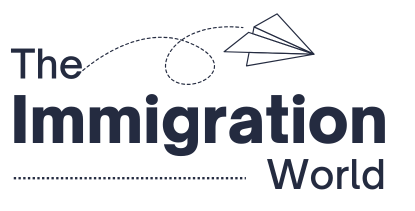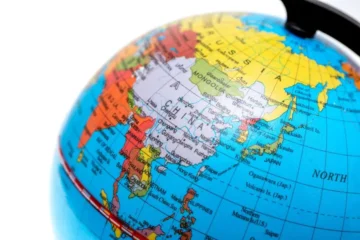If you’re eyeing Ontario for permanent residency in 2025, there’s a new piece of legislation you need to know about—the Working for Workers Seven Act. Introduced in May 2025, this act is the province’s latest attempt to overhaul its immigration and labor systems. But it’s not just about tightening screws; it’s also about refining the system for better alignment with economic realities.
Key Takeaways
What Is the Working for Workers Seven Act All About?
The Act focuses on two primary objectives: modernizing the Ontario Immigrant Nominee Program (OINP) and enhancing worker protections. Think of it as Ontario’s strategy to filter in skilled workers who can genuinely fill gaps in its economy, while also protecting those already on the ground from being exploited. Whether you’re a foreign skilled worker, a business sponsor, or someone just watching Canada’s immigration landscape evolve, these changes are likely to catch your attention.
How Is the Ontario Immigrant Nominee Program (OINP) Changing?
At the heart of the immigration changes lies the OINP, Ontario’s economic immigration channel. The Working for Workers Seven Act is “modernizing” the program, but don’t mistake that for just a tech upgrade. This modernization means stricter scrutiny, sharper focus on labor needs, and more selective nominations.
So, what does that mean in plain English? Essentially, the OINP is being fine-tuned to prioritize applicants with skills directly aligned to Ontario’s current labor market demands. That translates to fewer automatic approvals and more “does this person fit our economic strategy?” evaluations. It’s no longer just about ticking boxes—it’s about ticking the right boxes.
Expect faster rejection of mismatched profiles and more transparent reasoning behind application outcomes. If your occupation isn’t on Ontario’s current “wanted list,” you might want to explore other provinces or wait for the demand to shift.
Why Are In-Person Interviews Being Introduced for Applicants?
One of the boldest—and arguably most controversial—moves in the new Act is the introduction of face-to-face interviews for PR applicants. Immigration inspectors are now empowered to meet applicants in person, primarily to verify the authenticity of submitted documents and details.
This isn’t about making the process more intimidating—it’s a fraud prevention measure. With fraudulent applications and fabricated work histories increasingly cluttering the system, Ontario wants to raise the bar. In-person interviews add a human filter to a mostly bureaucratic process and serve as a way to catch inconsistencies early on.
It also means that if you’re genuine, prepared, and have nothing to hide, this step could help your case. But if your application has gray areas, expect those to come under the spotlight.
Can Your PR Application Be Refused Based on Labor Market Needs?
Yes—and that’s one of the most significant shifts in 2025. Immigration officials now have the clear authority to return or reject applications if your profile doesn’t match Ontario’s economic needs. It’s not personal; it’s policy.
Ontario is adopting a more dynamic immigration model, where the success of your PR application is partly tied to the province’s real-time labor shortages. If your skill set is in demand (say, in healthcare or advanced manufacturing), great. If it’s not, you may be advised to try another stream or province.
This move aligns immigration more closely with economic planning, reducing the number of newcomers who arrive with hopes but find no jobs matching their qualifications. In short, Ontario is trying to ensure every nomination leads to actual workforce integration.
What New Powers Does the Immigration Minister Have in 2025?
Ontario’s immigration minister has just received a major upgrade in authority. Under the new law, the minister can now create or scrap immigration streams without lengthy legislative procedures. That’s a big deal.
This flexibility allows Ontario to be nimble, reacting quickly to labor market shifts, tech disruptions, or urgent sectoral needs. If the province suddenly faces a construction labor shortage, a new stream can be introduced to prioritize that group. If a stream is no longer relevant or effective, it can be paused or eliminated.
For applicants, this means keeping a close eye on evolving program announcements. The immigration pathway that fits your profile today may not exist next year—or vice versa.
How Will the New Employer Portal Work for Job-Seekers and Sponsors?
From June to August 2025, Ontario is rolling out a brand-new Employer Portal, a digital system designed to streamline sponsorship and job nomination processes. For employers, it’s a game changer—no more faxes, clunky PDFs, or delays caused by back-and-forth paper trails.
Employers can now submit applications, track nomination statuses, and update candidate profiles directly online. For foreign job seekers, this means faster feedback and clearer communication between employers and immigration authorities.
It also raises the bar for employers. With everything logged and reviewed, it’s harder to manipulate the process or exploit loopholes. The result? A more transparent system that benefits serious applicants and legitimate employers.
Are These Changes Just About Immigration or Also About Worker Protection?
Not. The reforms are as much about worker protection as they are about selective immigration. Ontario’s Working for Workers Seven Act includes a raft of initiatives to improve job security and working conditions for temporary foreign workers.
This includes enhanced inspections, particularly in high-risk industries, harsher penalties for labor law violations, and retraining programs for workers displaced by automation or policy shifts. It’s Ontario saying: “If you’re coming here to work, we’ll protect your rights—but we also expect you to genuinely contribute.”
So while the immigration gate may feel narrower, the welcome mat is getting a lot more supportive once you step through it.
Final Thoughts: Navigating Ontario’s New Immigration Landscape in 2025
Ontario isn’t closing its doors—but it is installing a smarter lock. The province is taking bold steps to build a more tailored, responsive, and secure immigration framework—one that rewards genuine, skilled applicants and reflects real-time labor needs. Yes, it may now be harder to get through the system with a one-size-fits-all application, but for those who align with Ontario’s economic goals and bring authentic value, the path to PR remains wide open.
If you’re planning to apply for permanent residency in Ontario in 2025, now’s the time to rethink your strategy, double-check your job alignment, and ensure every detail in your application holds up to scrutiny. Because the new system isn’t just looking for paperwork—it’s looking for proof.





